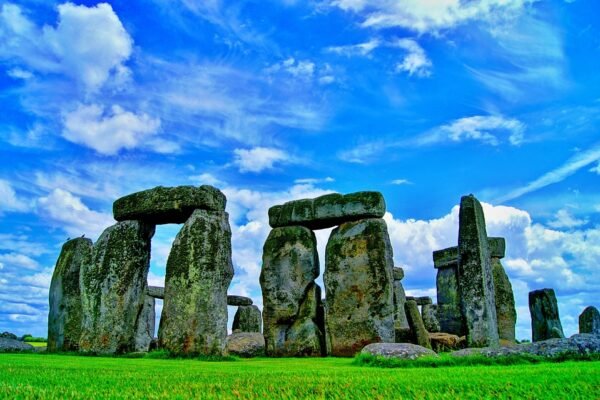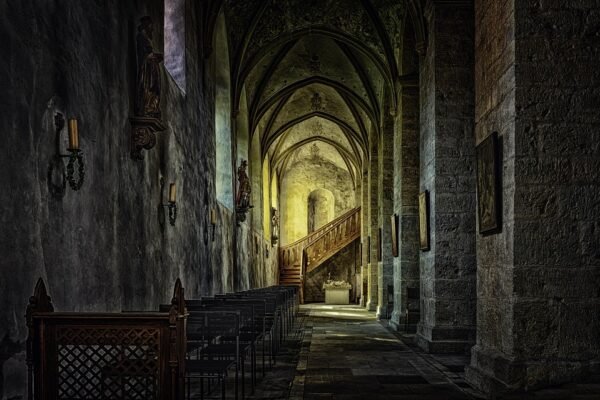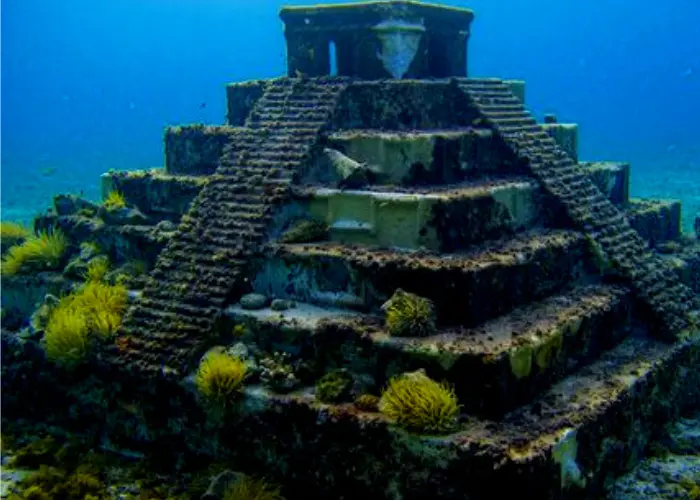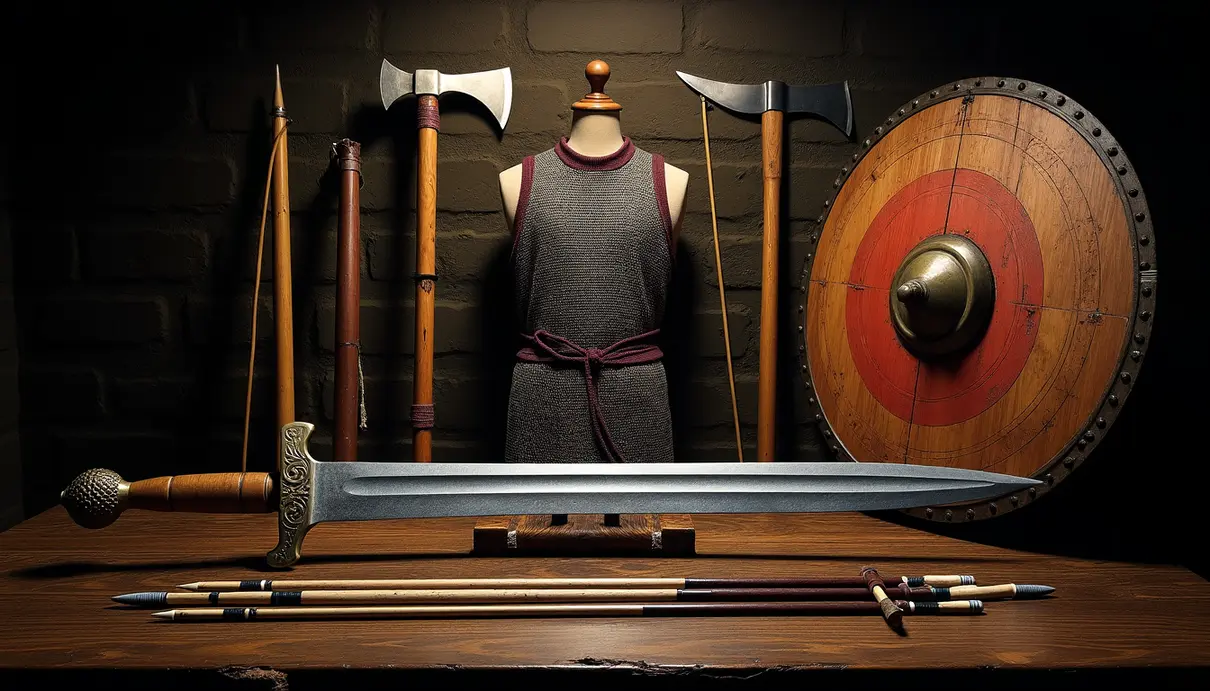

A Leap Forward for Humankind? – Retro Timeline
The emergence of Uruk, the first city of the ancient world, marked a pivotal moment in human civilization. Located in what is now modern-day Iraq, Uruk was a bustling metropolis that laid the foundation for urban societies to come. The rise of Uruk was nothing short of extraordinary, as a small agricultural village transformed into the center of a mighty empire with a thriving economy, sophisticated art and architecture, and a rich cultural legacy.
The significance of Uruk as the world’s first city cannot be overstated. It represented a crucial milestone in the evolution of human societies, transitioning from village-based communities to larger urban settlements. The city’s strategic location on the banks of the Euphrates river in southern Mesopotamia allowed it to flourish, with access to valuable resources and major trade routes that fueled its economy based on agriculture, trade, and craftsmanship.
The growth of Uruk was facilitated by key innovations such as irrigation systems, the plough, and the wheel, which enabled large-scale agriculture and efficient transportation of goods. The city’s cultural and technological advancements, including the construction of the iconic ziggurat, a massive stepped pyramid, showcased its prominence in ancient Mesopotamian society.
Life in Uruk was structured around a complex social hierarchy, with kings, priests, and elites comprising the ruling class, while farmers, artisans, and laborers made up the lower classes. The economy was centered on agriculture and trade, supported by advanced irrigation systems and a well-developed network of commerce. Religion played a central role in daily life, with temples and religious ceremonies dedicated to deities like the goddess Inanna.
The art and architecture of Uruk reflected its sophistication, with elaborate palaces, temples, and public buildings constructed using advanced techniques. Education was highly valued, with institutions dedicated to teaching skills like reading and writing to create a well-educated population that contributed to the city’s prosperity.
However, despite its grandeur, Uruk eventually faced a decline and demise. Scholars have proposed several theories to explain the city’s fall, including environmental factors like climate change and overexploitation of resources, political instability, internal conflicts, and external invasions. The parallels between Uruk’s decline and that of other ancient civilizations, such as the Maya, highlight the complex nature of societal collapses.
Recent archaeological discoveries have shed new light on Uruk’s significance in human civilization. Evidence of extensive trade networks, monumental architecture like the Eanna Temple, and the Sumerian King List showcasing the city’s political and social structure have elevated Uruk’s status as a powerful and influential ancient city.
In reevaluating Uruk’s place in history, it becomes evident that the city played a vital role in shaping human civilization. Its legacy lives on in the archaeological record and the cultural and intellectual achievements that emerged from its vibrant society. While the exact role of Uruk in the larger narrative of human history remains complex, its contributions to art, architecture, agriculture, and governance have left an indelible mark on the course of human development.







